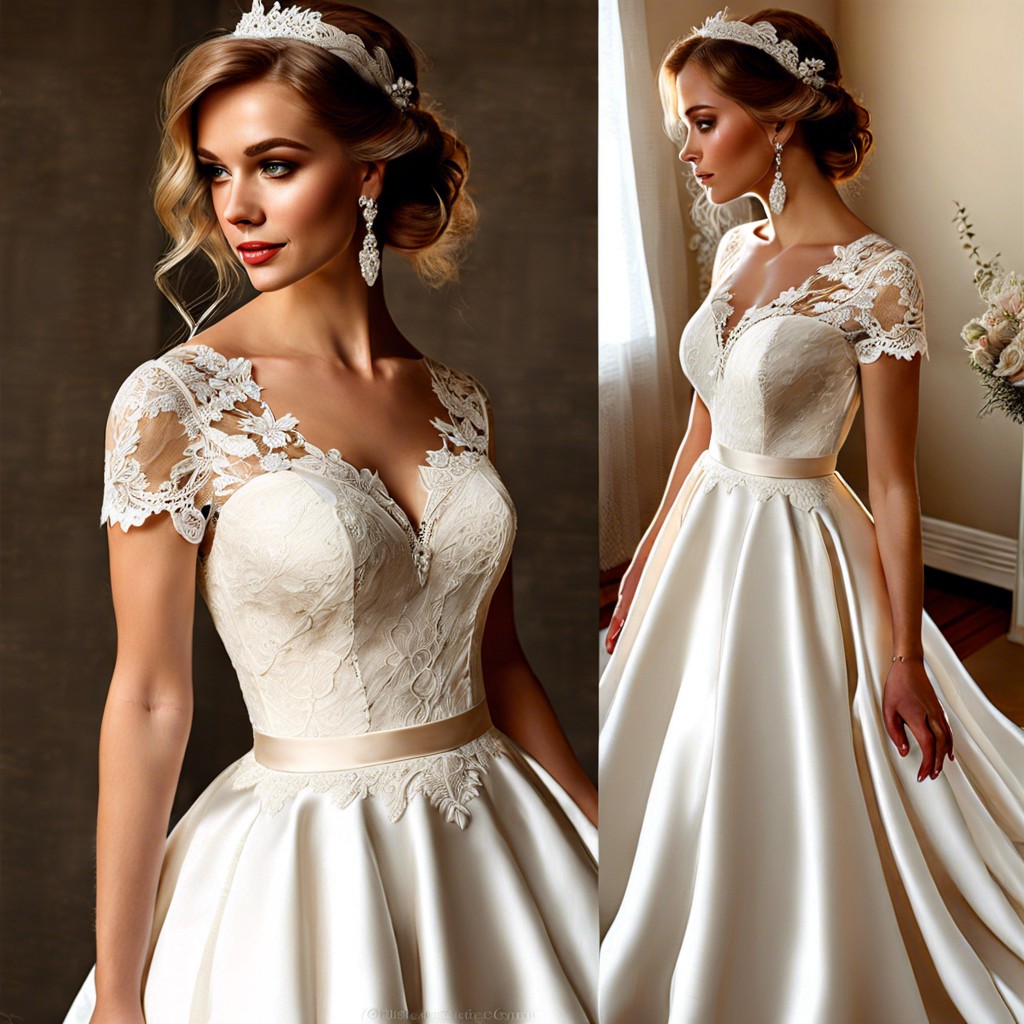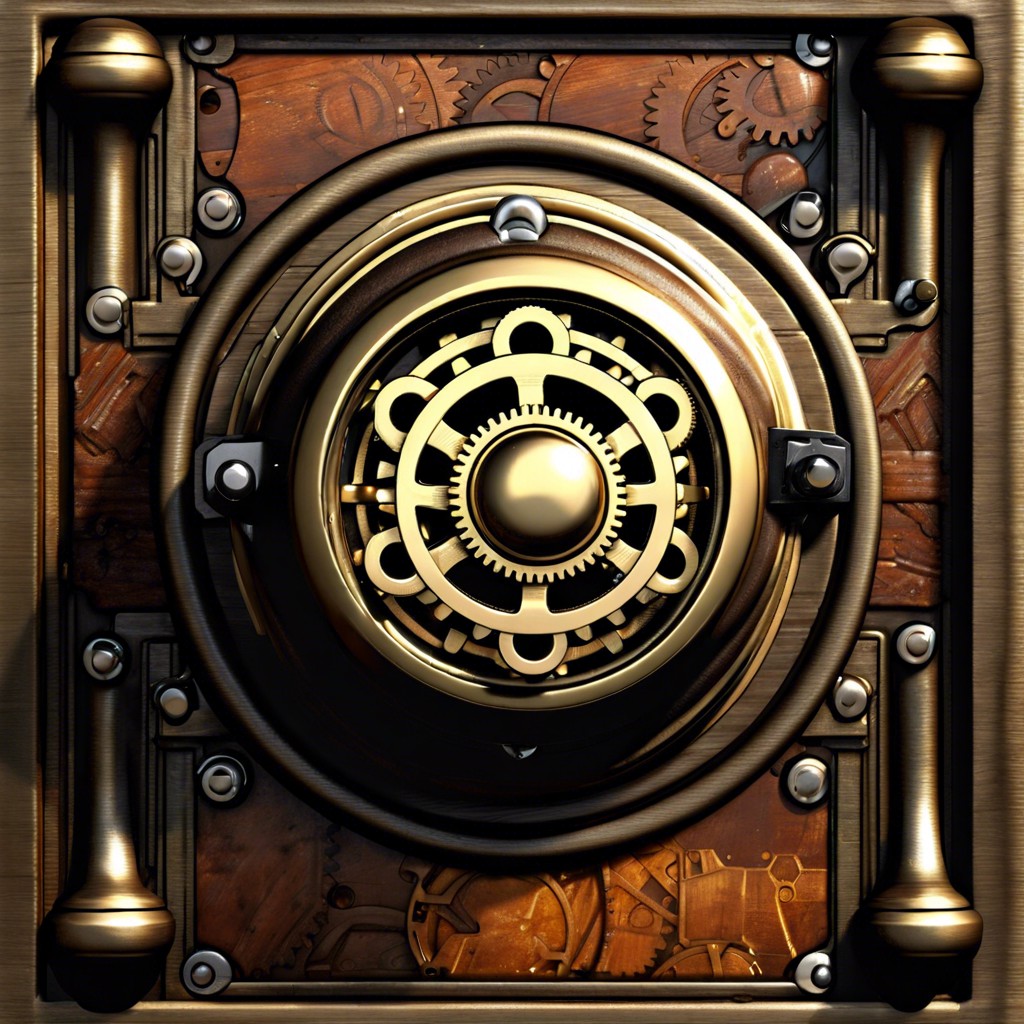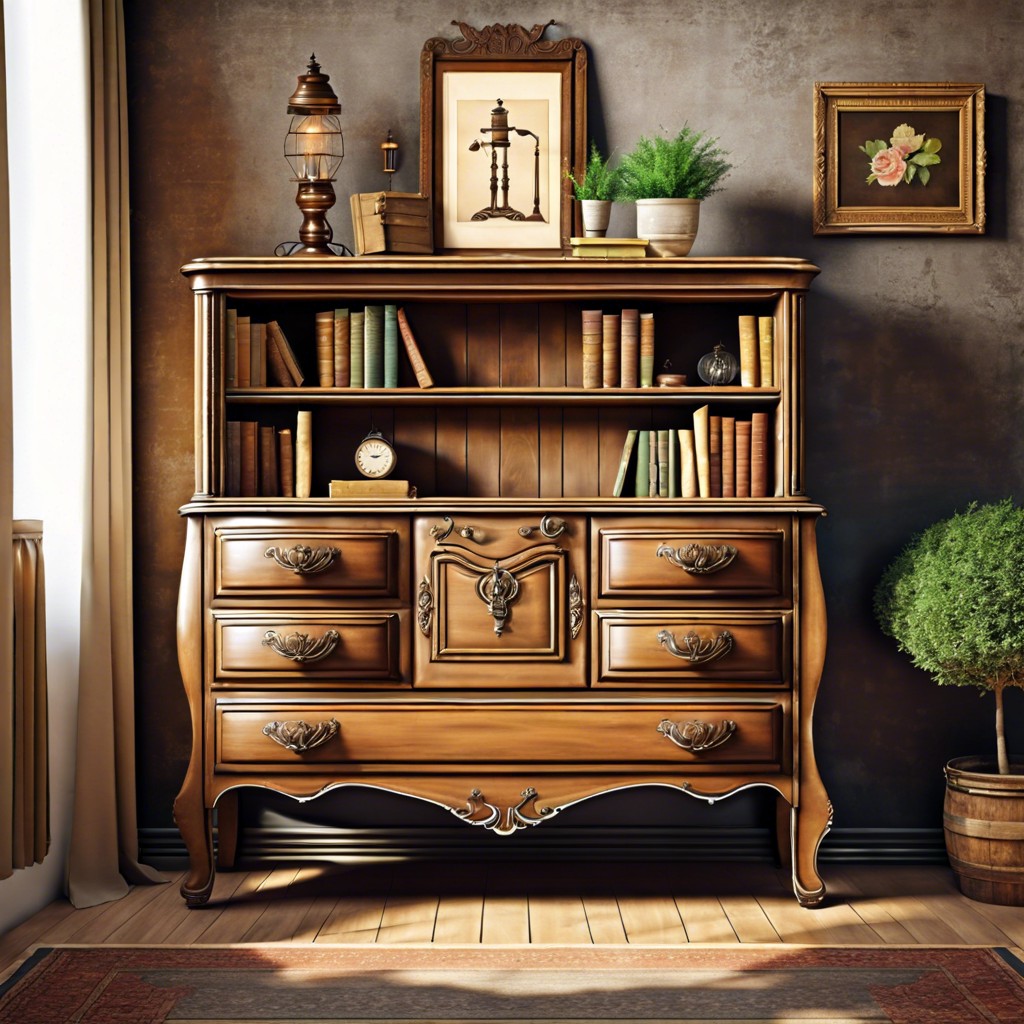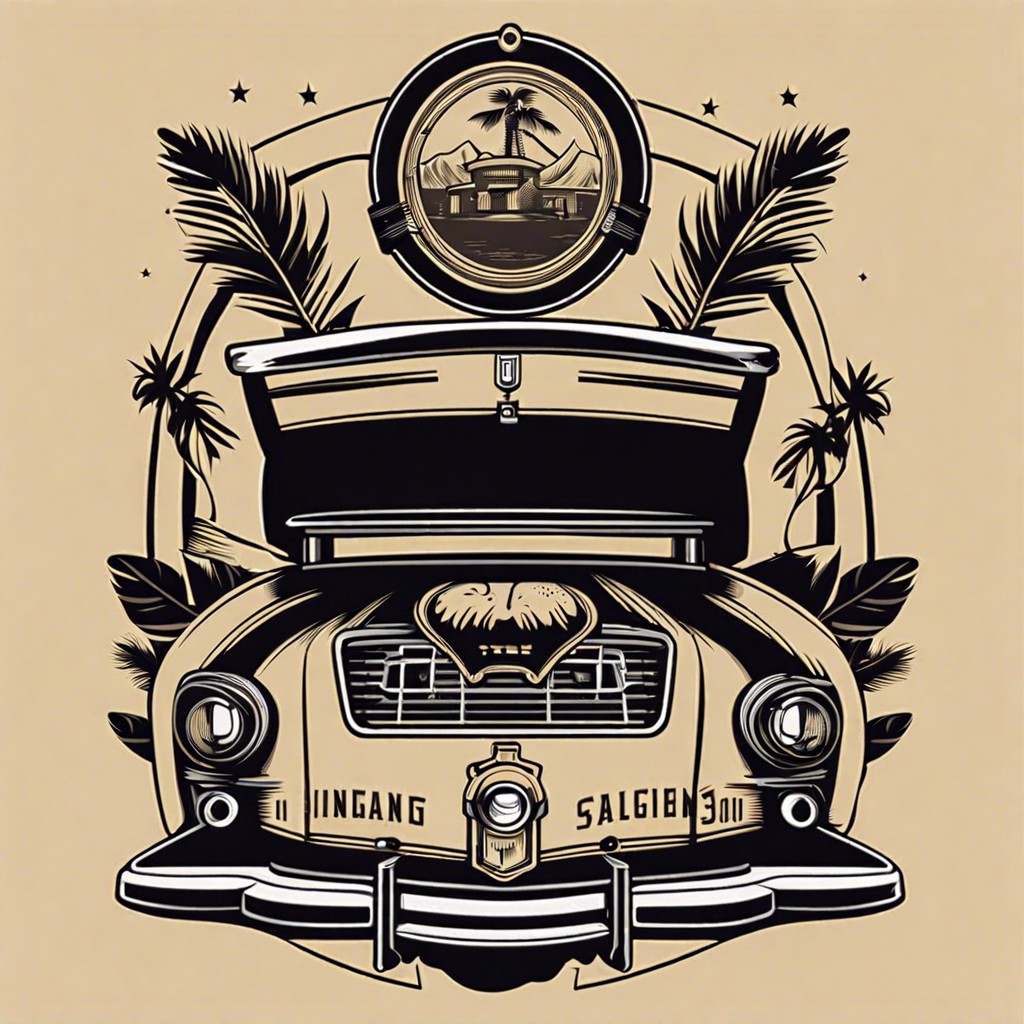Last updated on
Discover the allure and practicality of vintage light bulbs, including their types, benefits, and ideal usage scenarios.
Key takeaways:
- Vintage light bulbs evoke nostalgia and add a warm, inviting glow
- Thomas Edison revolutionized lighting with the incandescent bulb
- Vintage bulbs are less energy-efficient but LED alternatives are available
- Vintage bulbs are popular in rustic and industrial-themed settings
- Vintage bulbs can be incorporated into modern technology and smart home systems
History of Vintage Light Bulbs
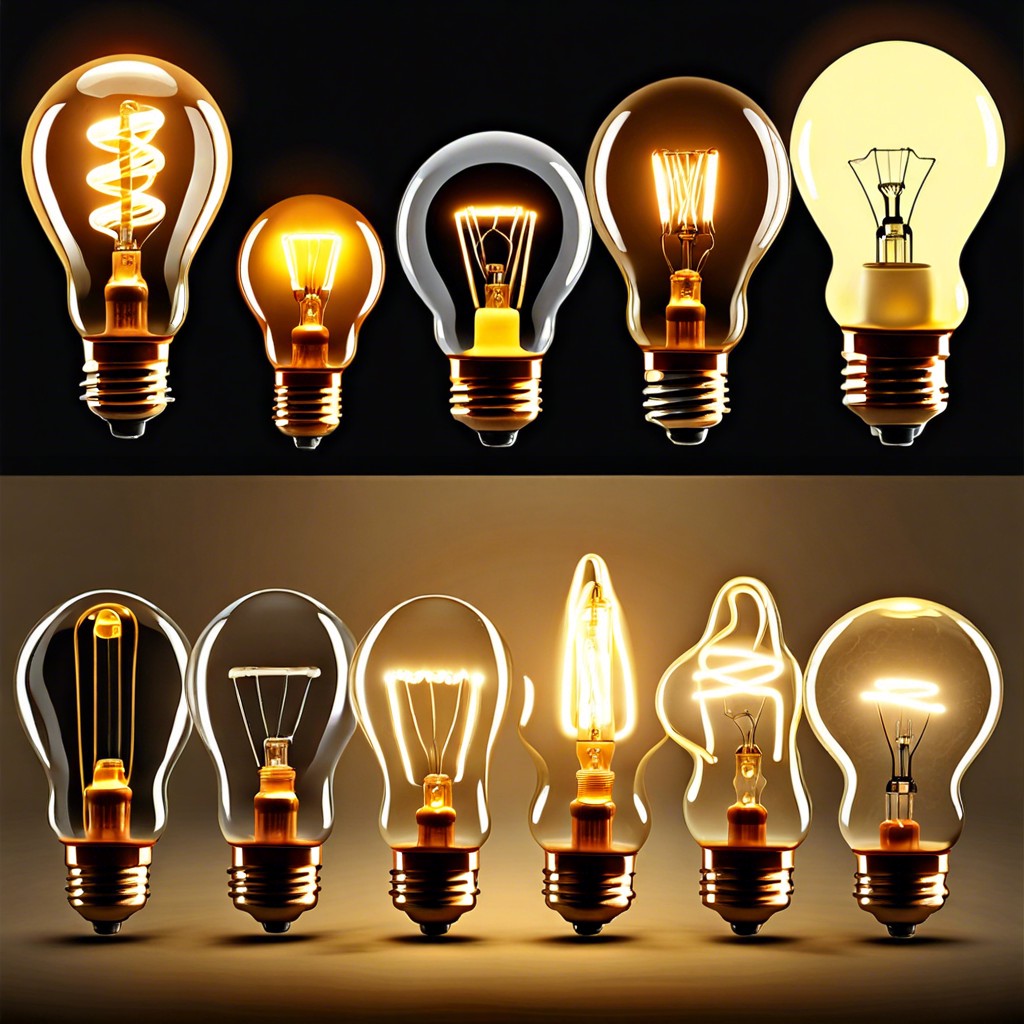
Thomas Edison is often credited with the invention of the practical incandescent bulb in 1879. This innovation led to widespread use of electric light, replacing oil and gas lamps. Initially, these bulbs used carbon filaments, but by the early 20th century, tungsten became the material of choice due to its durability and efficiency.
Vintage light bulbs, as seen today, mimic this early style with visible filaments and soft, warm glows which distinguish them from more modern, often brighter lighting options. They evoke nostalgia for an era when the pace of life was slower, and craftsmanship was highly valued.
Collectors appreciate these bulbs not for their efficiency but for their historical and aesthetic value. They represent a period when new technology was revolutionizing daily life, bringing warmth and illumination to spaces in a way that was profoundly transformative.
Edison’s Impact On Lighting
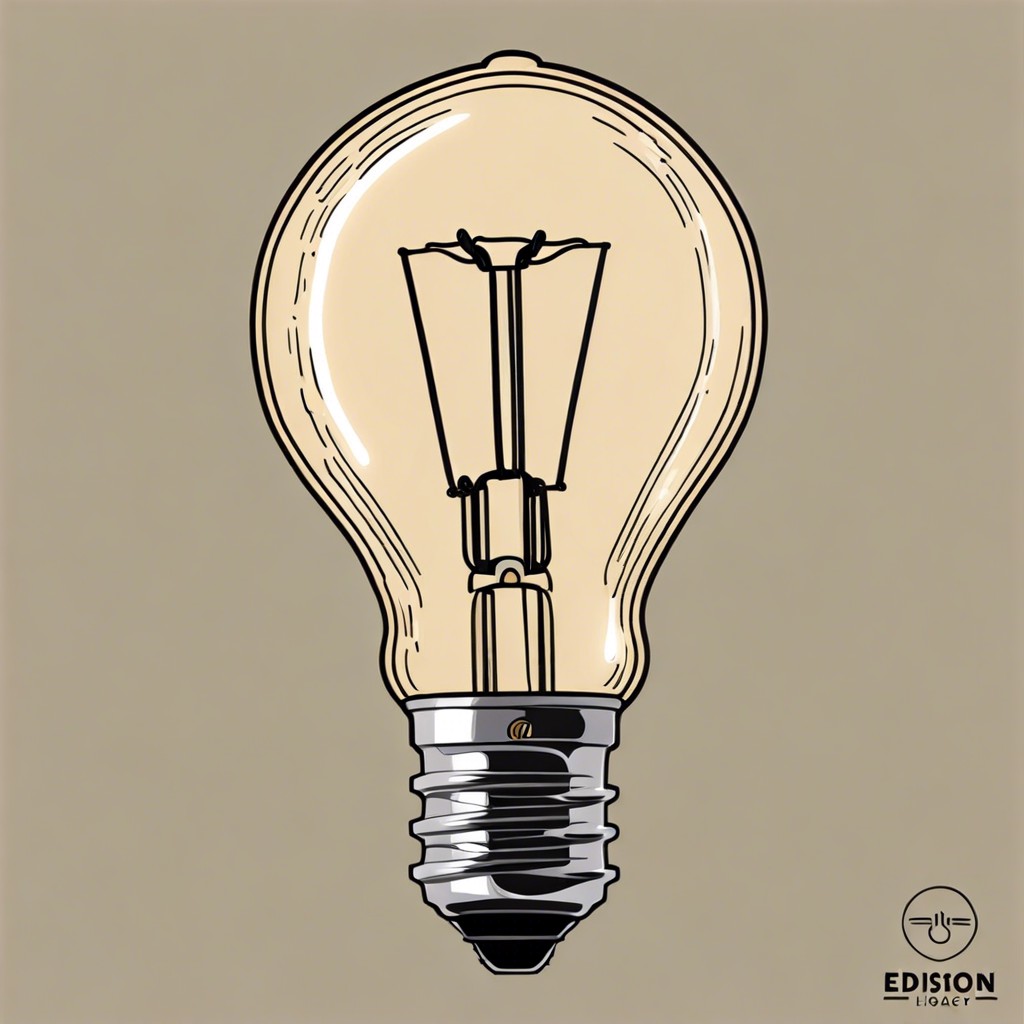
Thomas Edison’s development of the incandescent light bulb in 1879 revolutionized how we illuminate our world. While not the sole inventor of a lighting solution, his enhancements made electric light practical and accessible, significantly impacting daily life and industrial productivity.
Edison’s filament design, utilizing carbonized bamboo, proved durable enough to last over 1200 hours, making it economically viable. This leap forward led to the widespread adoption of electrical lighting, replacing less efficient gas lamps and significantly reducing fire hazards in homes and workplaces.
The invention also paved the way for further innovations in lighting technology, fostering an era of immense creativity and technological advancements in how we generate and consume light. Edison’s work laid the foundational principles that continue to influence lighting designs to this day.
Aesthetics and Appeal of Vintage Light Bulbs
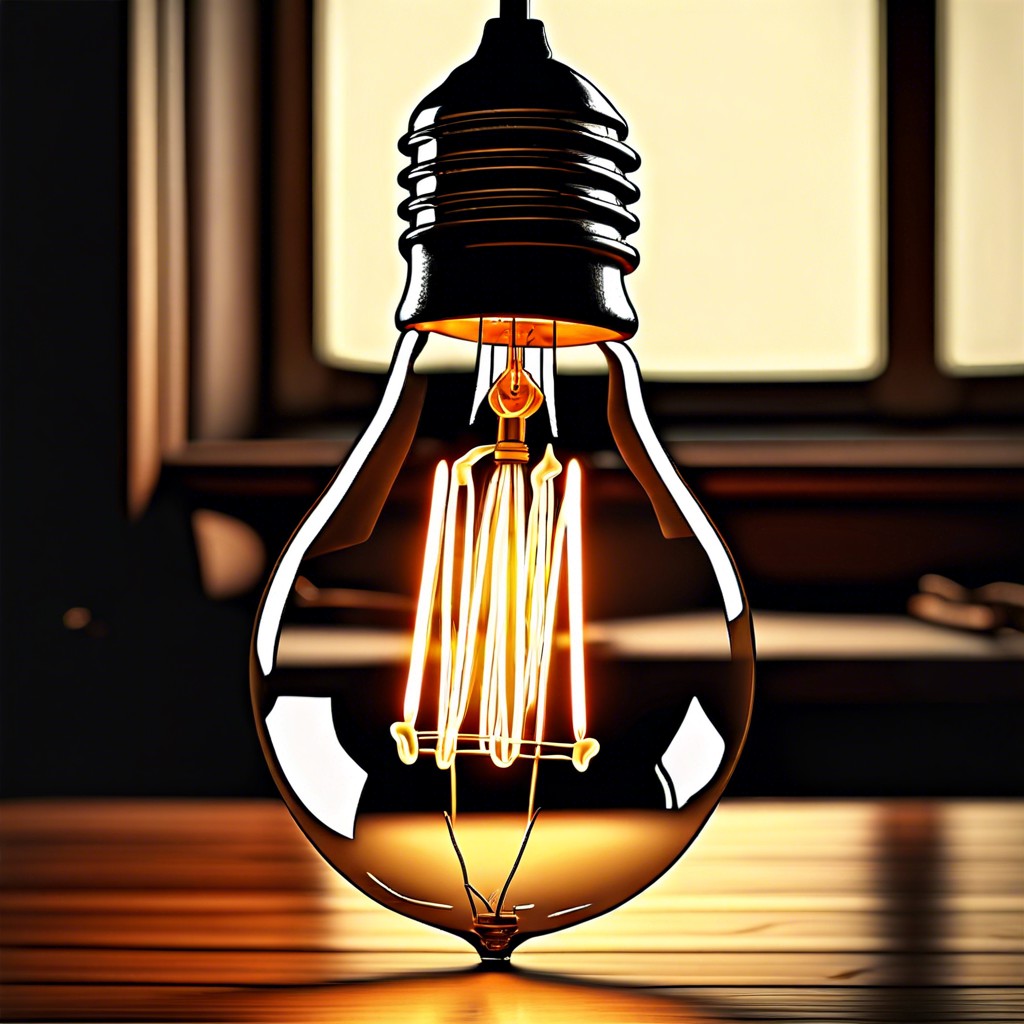
Vintage light bulbs are cherished for their warm, inviting glow—a stark contrast to the sometimes harsh light of modern LEDs. These bulbs exude a cozy, old-world charm that pairs beautifully with both rustic and contemporary decor. The soft, amber lights often seen in cafes and bookstores create a relaxed, inviting atmosphere. Moreover, the visible filaments in these bulbs are a nod to the craftsmanship of the past, making them a focal point in any room rather than mere functional items. Their appeal extends beyond aesthetics; they also spark conversations about history and technology.
Energy Efficiency of Vintage Light Bulbs
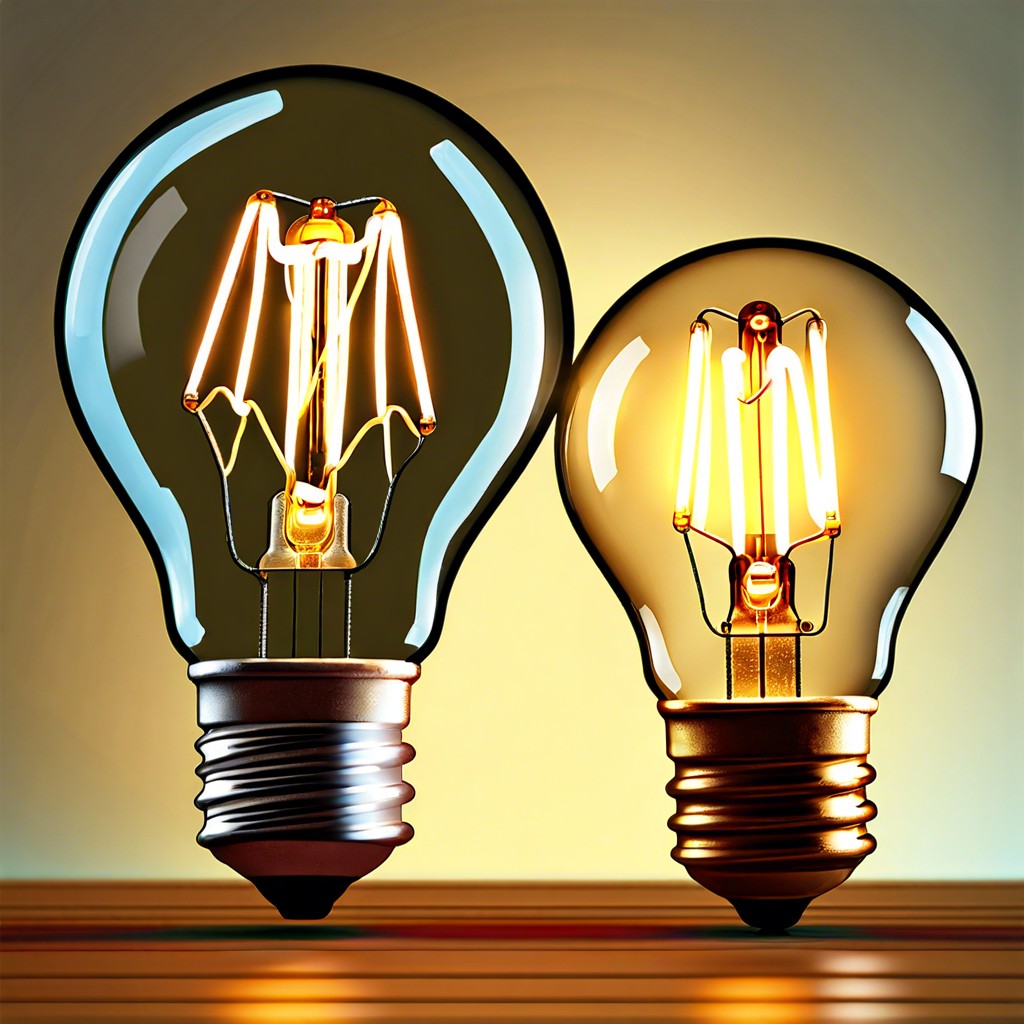
Despite their old-world charm, vintage light bulbs often lag behind modern LEDs in energy efficiency. The classic incandescent bulb consumes more electricity to produce light, mainly because much of the energy is lost as heat. In contrast, LED technology uses energy more effectively, converting most of it directly into light with minimal heat waste.
For those who favor the nostalgic glow yet want to conserve energy, several manufacturers offer LED bulbs that mimic the appearance of traditional filaments. These bulbs provide the vintage aesthetic without the high power consumption. They also have a longer lifespan, reducing the frequency of replacements.
Adopting these LED alternatives is a practical step towards merging classic design with contemporary energy standards, making them suitable for both ambiance and everyday use.
Vintage Light Bulbs in Modern Decor

Vintage bulbs ooze charm and can instantly uplift a room’s ambiance. They particularly shine in settings that favor a rustic or industrial theme. Homeowners often dangle these bulbs over kitchen islands or dining tables to add a warm, inviting glow. They’re also popular in coffee shops and bookstores, where a cozy atmosphere is key.
Yet, despite their old-timey appearance, these bulbs fit seamlessly with modern technology. Many are compatible with dimmers and can be incorporated into smart home systems, allowing for both a nod to the past and the conveniences of contemporary life. This dual functionality makes them a favorite among interior designers and homeowners alike.
Their distinctive filament designs, visible through clear glass, are not just practical but also serve as a conversation starter. Pairing them with minimalist fixtures can highlight their intricate details, turning what is essentially a utilitarian item into a piece of art.

